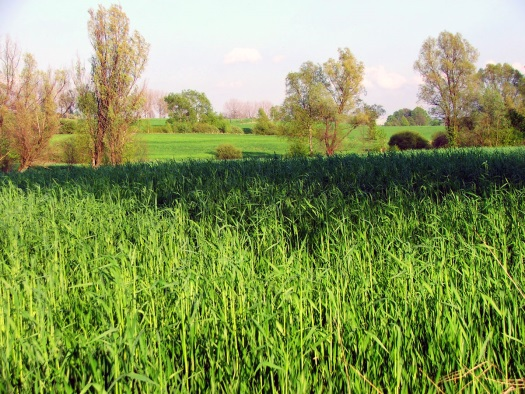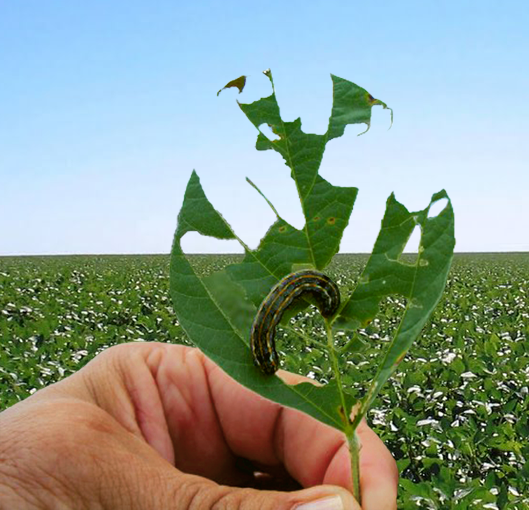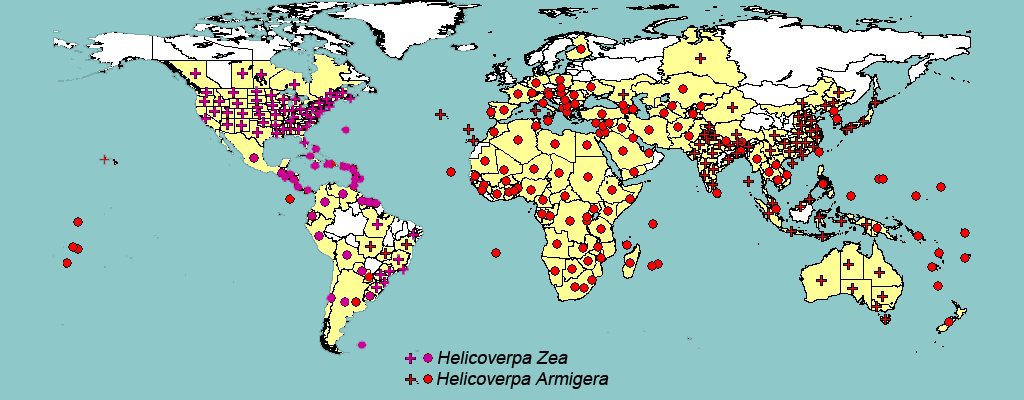Team:Valencia UPV/Project/modules/problem
From 2014.igem.org
| Line 13: | Line 13: | ||
<p> | <p> | ||
Agriculture is at the base of our global social system. Crops from all over the world feed us and provide us raw materials. Increase of population has led to a demand boost, which should come together with higher production yields to maintain the current system. It is clear that agriculture must improve along with the increase on demand. Pests are one of the main causes lowering yields in agriculture. Hence the importance of controlling them.<br/><br/> | Agriculture is at the base of our global social system. Crops from all over the world feed us and provide us raw materials. Increase of population has led to a demand boost, which should come together with higher production yields to maintain the current system. It is clear that agriculture must improve along with the increase on demand. Pests are one of the main causes lowering yields in agriculture. Hence the importance of controlling them.<br/><br/> | ||
| - | </p> | + | </p> |
| - | + | ||
| - | + | ||
| - | + | ||
<p> | <p> | ||
Moth pests are particularly damaging and they affect high number of crops all over the world. It has been reported that H. armigera larvae attack more than 60 species of cultivated and wold host plants, including Asteraceae, Fabaceae, Malvaceae, Poaceae and Solanaceae familie, i.e. affecting the main commercial crops such as cotton, maize, legumes, tomato and ornamental plants (Fitt 1989, EPPO 2010, CABI 2013). Figure 3 shows the world distribution of <i>H. Armigera</i> and <i>H. Zea</i> pests. | Moth pests are particularly damaging and they affect high number of crops all over the world. It has been reported that H. armigera larvae attack more than 60 species of cultivated and wold host plants, including Asteraceae, Fabaceae, Malvaceae, Poaceae and Solanaceae familie, i.e. affecting the main commercial crops such as cotton, maize, legumes, tomato and ornamental plants (Fitt 1989, EPPO 2010, CABI 2013). Figure 3 shows the world distribution of <i>H. Armigera</i> and <i>H. Zea</i> pests. | ||
</p> | </p> | ||
| - | |||
<br/><br/><br/> | <br/><br/><br/> | ||
</html> | </html> | ||
| + | |||
| + | [[Image:Problem2.png|360px|right|Figure 2. <i>H. Armigera</i> larvae and damaged leaf. From:]] | ||
| + | |||
[[Image:Helicoverpas.png|750px|center|Figure 3. World distribution of <i>H. Armigera</i> and <i>H. Zea</i> pests. From: EPO 2010]] | [[Image:Helicoverpas.png|750px|center|Figure 3. World distribution of <i>H. Armigera</i> and <i>H. Zea</i> pests. From: EPO 2010]] | ||
<html><br/><br/> | <html><br/><br/> | ||
Revision as of 12:37, 14 October 2014
Project > Modules > Problem
Agriculture is at the base of our global social system. Crops from all over the world feed us and provide us raw materials. Increase of population has led to a demand boost, which should come together with higher production yields to maintain the current system. It is clear that agriculture must improve along with the increase on demand. Pests are one of the main causes lowering yields in agriculture. Hence the importance of controlling them.
Moth pests are particularly damaging and they affect high number of crops all over the world. It has been reported that H. armigera larvae attack more than 60 species of cultivated and wold host plants, including Asteraceae, Fabaceae, Malvaceae, Poaceae and Solanaceae familie, i.e. affecting the main commercial crops such as cotton, maize, legumes, tomato and ornamental plants (Fitt 1989, EPPO 2010, CABI 2013). Figure 3 shows the world distribution of H. Armigera and H. Zea pests.
Traditional methods to fight them, based on chemical pesticides, may cause damage in the environment or even in the consumer. Thus, pesticides are becoming less and less socially accepted. In any case, they are not the best solution. Insects tend to become resistant, so the dose needs to increased, leading to further toxicity. Moreover, broad-spectrum pesticides affect other insects which cause no problem as well.
An alternative pest control strategy should be used fight these pests. To this end, the use of sexual pheromones is becoming popular for traps and also for mating disruption strategies. Female insects produce a pheromone trace which allows the male to find them. Once together, they mate and the female lays eggs on the plant. Then the larvae are born and eat the crops. However, if we load the air with pheromones so that its concentration passes a certain threshold, the male won't be able
 "
"



